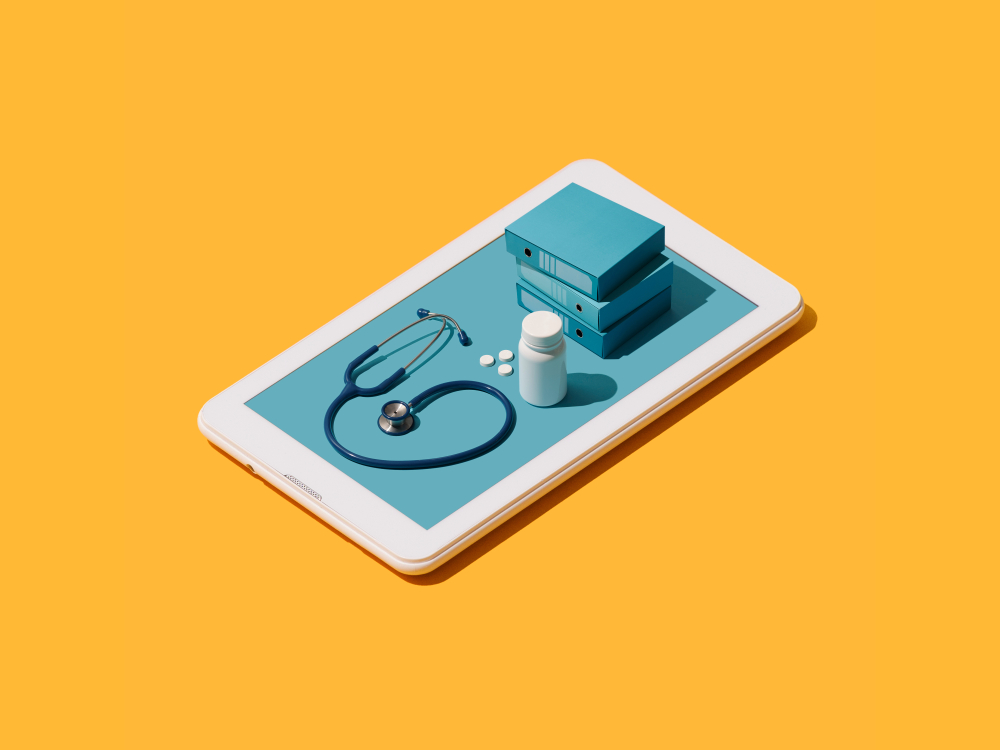Harnessing technology to unlock preventative healthcare at scale

In a fast-growing, ageing society, preventative healthcare is crucial. It can help us build a healthier population while reducing health inequalities and freeing up appointments for patients in most need. But delivering preventative healthcare at population scale is no mean feat, writes Amanda Philpott, ex-NHS executive and CEO of hearing health platform, eargym.
I worked in senior management in the NHS for nearly three decades. During my NHS career I witnessed first-hand the sheer complexity of putting preventative health plans into action. From directing funding to the right places to facilitating collaboration across heavily siloed services; building prevention into the vast health and care ecosystem requires a deeply nuanced and coordinated approach.
Since leaving the NHS and entering the world of digital health startups, I have come to realise just how crucial a role innovation has to play in unlocking population health at scale. When carefully co-designed and implemented, new technologies can help to create a genuinely holistic, multidisciplinary approach to care, arming clinicians with increased data visibility, streamlined communication, and comprehensive patient oversight. Here’s how.
Starting small and laying the foundations
Tech-enabled preventative health can have a transformative impact – but there is no solve-all solution. We must start small and focus on targeted innovations that, in aggregate, create a network of relevant information and resources, providing a strong foundation for prevention at scale.
The plethora of patient-facing apps being developed to support people at home are a good example. These remotely accessible tools actively engage patients and empower them to take greater responsibility for their own health and wellbeing. As a result, fewer patients enter care services or join wait lists unnecessarily. Meanwhile, changes in patient behaviour help to reduce disease risk factors and can facilitate earlier diagnosis, making conditions more treatable and less likely to develop into more complex care needs.
For example, at eargym, we’re working to support patients to check and train their hearing. Hearing loss is a fast-growing challenge for health and care services, with one in six working age people already living with a disabling level of hearing loss, and as many as one in two younger people aged under 35 already at risk due to unsafe listening habits. A predicted 2.5 billion people globally are expected to have some level of hearing loss by 2050. Early detection of hearing loss using patient-facing technologies can help significantly improve prognosis, as patients are well informed to seek the support they need at the right time. Meanwhile, individuals who are training their hearing regularly can reduce the risk of developing hearing loss in the first place, and therefore reduce the risk of all the conditions correlated with hearing loss, including stress, depression, and dementia.
Connecting the dots: unlocking patient data
Technologies that put patients in the driver’s seat when it comes to their health can generate unparalleled personalised data for health and care teams; but they remain ineffectual if this data cannot be successfully shared and plugged into wider health services. Without an informative, single, national, shared care record for patients across NHS and social care, clinicians are left to work with partial, disjointed information, and without access to the crucial insights patients are gathering themselves.
We need to connect the dots. Integrating the digital tools being used by patients to monitor their health with the systems at care professionals’ disposal is an essential first step. It is critical for enabling the data they generate to effectively support patient care in practice. For example, if a GP can access insights recorded by their patient over the course of a few weeks, rather than relying on a single test performed in the surgery, they can make a more informed clinical decision based on a clearer picture of the patient’s overall health. Similarly, a caregiver who can remotely monitor their patient’s condition can support them to live more independently, while being able to flag any required interventions sooner.
Co-designing with health and care services
When working to deliver tech-led preventative healthcare, co-design with people who are experiencing the problem you are hoping to solve is critical. To ensure that new digital solutions can have their intended impact, at scale, innovators must work closely with prospective service users, as well as health and care services, to co-create solutions that embrace and reflect the nuanced realities of patient behaviour and healthcare delivery.
Collaborating with patients as end-users is critical. Understanding patient behaviour and how people interact with different digital tools can help technology providers to design intuitive applications that optimise patient engagement. At eargym, user-led design has been central to the development of our hearing health platform. In partnership with UK Research and Innovation, we’ve generated two years’ worth of user insights, which have helped us evolve and improve our solution to deliver the biggest impact, for users and health services alike.
Digital health businesses must also work with clinicians to understand how existing care pathways work, where pressure points lie in terms of patient demand, and the challenges they are facing with their current digital systems. These insights can then be fed into every stage of product development. Not only can this help to ensure that the end solution is easily adoptable, it can help us to innovate intentionally and successfully eliminate the hurdles presented by previous systems.
Preventative healthcare is pivotal to supporting a healthy population while reducing pressure on our overstretched health and care services. Its delivery is, by nature, multifaceted. Fitting the pieces of the puzzle together requires committed, cross-service collaboration, and the technology to facilitate this at scale. The innovation is already there, we must work together to unlock the potential it presents.
